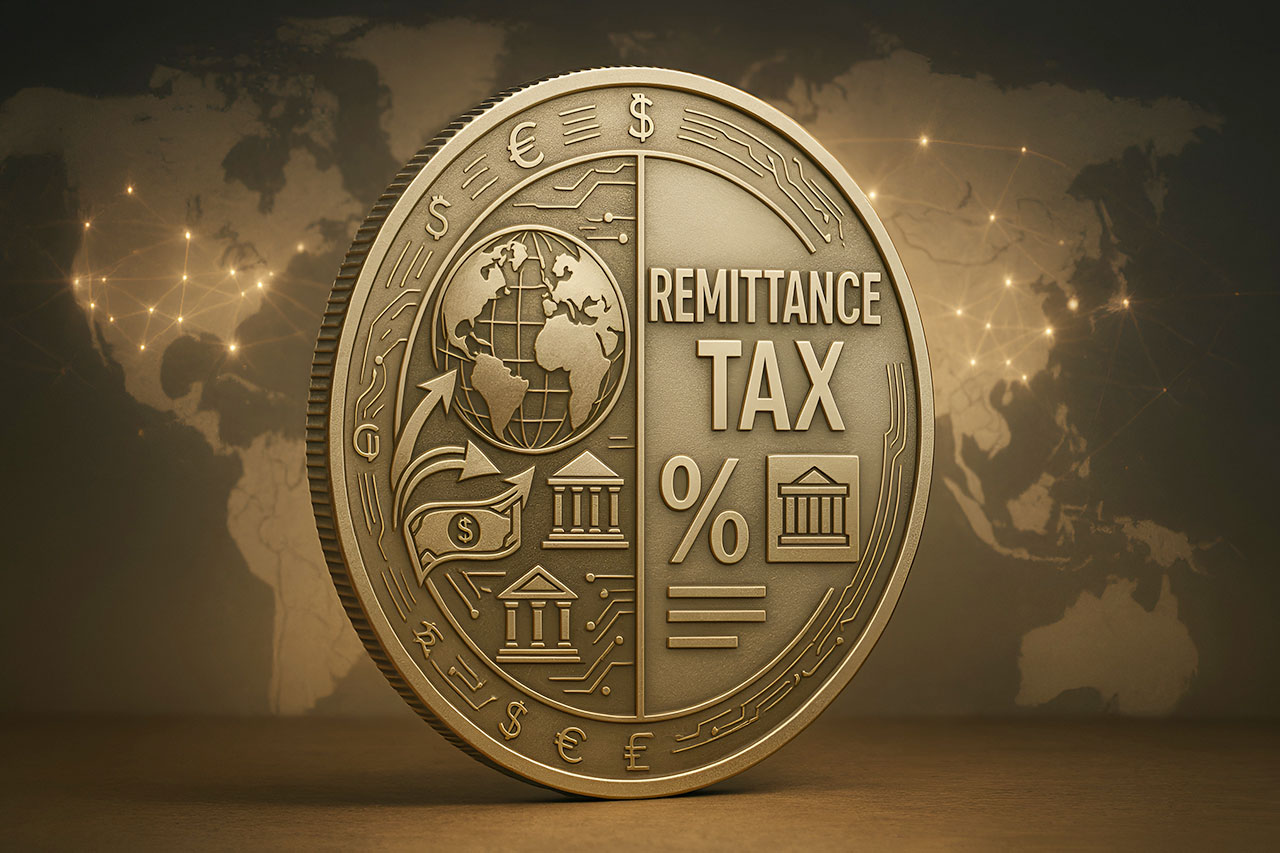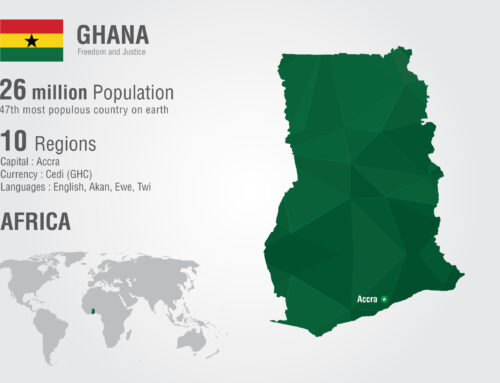A significant shift in how money moves across borders is on the horizon. President Trump’s “One Big Beautiful Bill Act,” signed into law on July 4, 2025, introduces the first-ever federal tax on money sent out of the United States. Initially proposed as a 5% charge on non-citizens’ transfers, the legislation ultimately settled on a 1% tax applicable to all remittance senders, effective January 1, 2026. For eligible US residents, a refundable tax credit will be available.
This measure is projected to generate approximately $10 billion in tax revenue for the US over the next decade – a substantial increase from earlier forecasts for a 3.5% rate. The expectation is that a lower tax rate may help to minimize avoidance, thereby ensuring a more consistent flow of funds through official channels into the Treasury.
A Look Back: The Legislative Journey
The path to this new legislation unfolded swiftly in 2025:
- December 2023 (Precursor): Senator J.D. Vance initially proposed a remittance fee to support border security efforts.
- May 12, 2025 (House Bill Introduced): The “One Big Beautiful Bill Act” was introduced in the House, featuring a 5% tax specifically on remittances from non-citizens.
- May 22, 2025 (House Passage): The House passed the bill (215-214), with an amendment reducing the rate to 3.5%.
- June 16, 2025 (Senate Finance Draft): The Senate Finance Committee’s draft maintained the 3.5% rate, prompting considerable lobbying from various sectors, including banks, fintech companies, and foreign governments.
- June 27, 2025 (Senate Revision): Key exemptions were introduced for transfers made through insured banks, credit unions, securities brokers, and those funded by US-issued debit or credit cards.
- June 30, 2025 (Final Senate Deal): The tax rate was lowered to 1% and expanded to include all senders. US citizens and work-authorized immigrants became eligible for a refundable tax credit.
- July 1, 2025 (Senate Approval): The Senate approved the bill 51-50, with Vice President JD Vance casting the tie-breaking vote.
- July 3, 2025 (House Concurrence): The House subsequently passed the identical Senate version 218-214.
- July 4, 2025 (Presidential Signature): President Trump signed the Act into law during a ceremony.
Understanding the Core Provisions
Here’s a breakdown of what the new remittance tax entails:
- Tax Base: All outbound remittance transfers exceeding $15.
- Rate: A 1% rate, collected at the point of transfer.
- Exempt Channels: Transfers originating from insured US bank or credit union accounts, through securities brokers, or funded by US-issued debit or credit cards are exempt.
- Credits: US citizens, green-card holders, and authorized visa holders may reclaim the tax when filing their annual returns.
- Compliance: Remittance service providers will now be required to verify sender citizenship, collect the levy quarterly, submit IRS reports, and maintain detailed sender records.
Anticipated Global Impact
As the world’s largest source of remittances, sending approximately $188 billion abroad in 2021, this new US policy is poised to have notable effects globally.
- Mexico: Projected to experience the most significant impact, with estimated annual losses of around $1.5 billion. Remittances account for approximately 4% of Mexico’s GDP.
- India: Anticipated to see an annual reduction of about $0.5 billion. The impact on India might be somewhat mitigated by the common use of formal banking channels among Indian professionals, which are often exempt from the tax.
- Central America: Nations such as El Salvador, Honduras, and Guatemala, where remittances constitute a substantial portion of their GDP (20-26%), could face disproportionately significant effects.
Development economists have expressed concerns that the tax could potentially affect UN Sustainable Development Goals by increasing the cost of formal transfers. This could, in turn, lead some senders to utilize informal methods and potentially reduce a vital financial lifeline for low- and middle-income countries.
Industry groups, including the American Fintech Council, have voiced “strong concern,” suggesting the tax “would harm small businesses and everyday consumers while empowering bad actors.”
Looking Ahead: Key Questions
As January 1, 2026, approaches, several important questions come to mind:
- Will a 1% surcharge significantly alter remittance behaviors, or will it primarily be absorbed as an additional cost?
- How might recipient countries respond to potentially reduced remittance inflows?
- Will the projected revenue figures align with the actual amounts collected, especially given the potential for avoidance strategies?
- Could this US policy serve as a precedent, influencing similar policies in other countries and potentially reshaping the broader $860 billion global remittance market?
The coming months will certainly offer insights as stakeholders, from individual families to multinational financial institutions, begin to navigate this new landscape for international money transfers.





